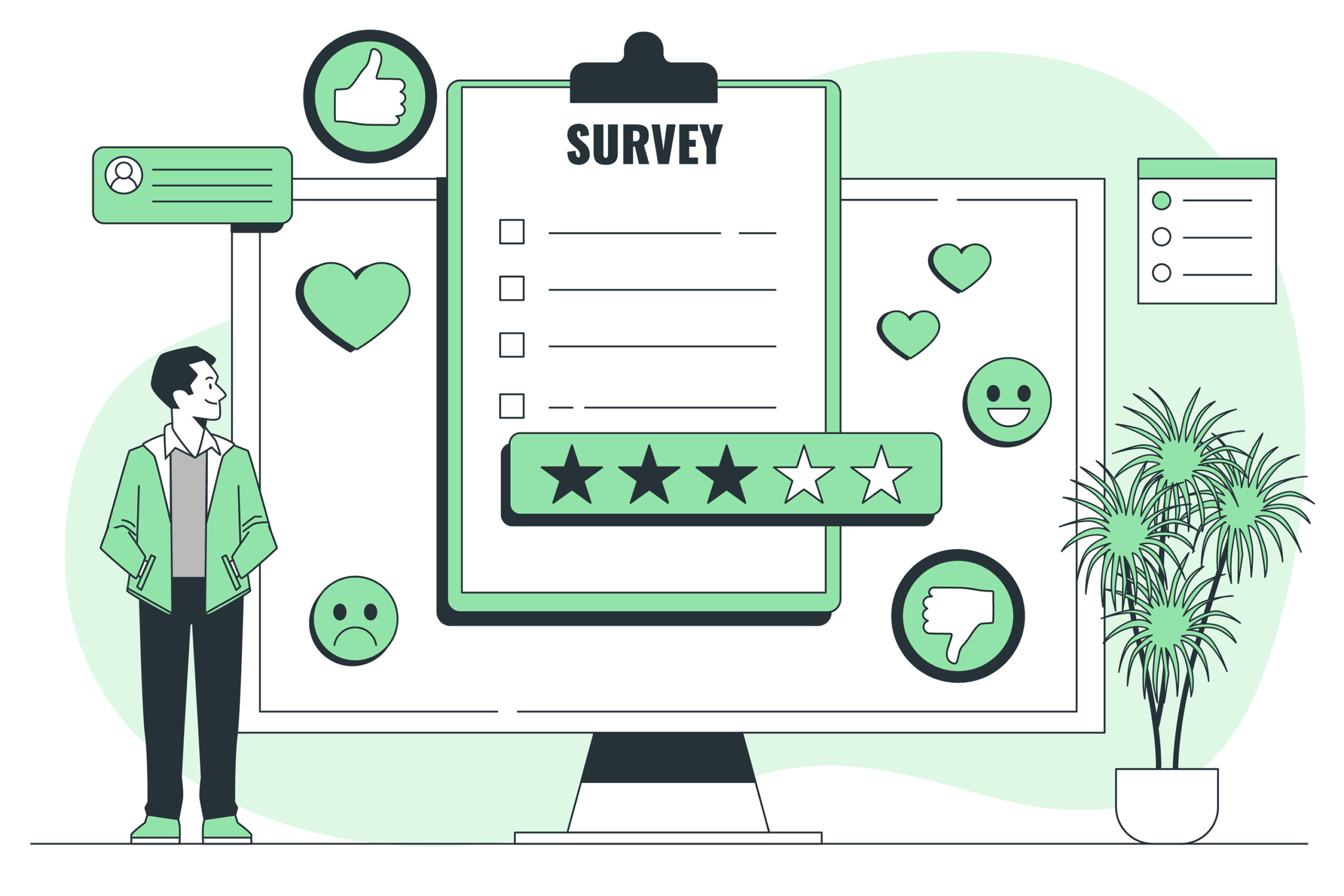Website feedback tool solutions are essential for collecting user insights and improving digital experiences. These tools allow businesses to understand what users think, identify issues quickly, and make informed design or content decisions. However, ease of use alone does not guarantee effectiveness. When feedback tools lack strong security measures, they risk compromising sensitive information and damaging user trust. Achieving a balanced approach is key. The ideal website feedback tool should be intuitive for users while ensuring the collected data is fully protected. Striking this balance not only enhances user participation but also fosters long-term trust. It empowers organizations to iterate confidently, knowing user feedback is both valuable and secure.
Businesses can produce more responsive, considerate, and future-ready digital experiences that mirror changing customer expectations and compliance standards by giving usability and privacy top priority. Ultimately, well-designed feedback tools become strategic assets that drive innovation, optimize performance, and build lasting relationships between brands and their audiences.
What Is a Website Feedback Tool?
Gathering User Input Made Simple
A website feedback tool enables website owners to gather real-time opinions, concerns, and suggestions directly from users. These tools typically appear as pop-ups, slide-ins, or embedded widgets on a webpage. They simplify the communication between businesses and users by offering a quick way to submit input without navigating away from the page. With a clear interface and focused questions, users are more likely to respond thoughtfully. The feedback collected becomes a source of insight for optimizing usability, content, and overall performance, making it an important component of a data-driven digital strategy.
Why Usability Matters in Feedback Tools
Encouraging More Honest Responses
When users can easily understand how to give feedback, they’re more willing to share meaningful insights. Simple design reduces cognitive load, which helps users focus on their responses rather than figuring out how the tool works. Confusing layouts or unclear prompts discourage interaction and may result in lower response rates. Effective tools use intuitive navigation, concise language, and responsive design to remove friction. Prioritizing usability leads to more accurate feedback, which supports better decision-making in product development, user experience enhancements, and customer service improvements.
The Security Risks Behind Feedback Collection
Common Threats to Watch Out For
Without proper safeguards, tools may become targets for data breaches or unauthorized access. Feedback forms can be exploited through input manipulation or used by bots to spam a system. Insufficient encryption may expose user data, especially if contact details or sensitive comments are submitted. Third-party integrations can also increase vulnerabilities if not configured properly. These risks emphasize the need for security frameworks that validate data, monitor for unusual activity, and secure the transmission and storage of all collected input in a website feedback tool.
Building Trust: Security Features Every Tool Should Have
Data Protection Without Sacrificing Usability
Encryption of both data at rest and in transit prevents unauthorized interception. Role-based access controls limit who can view or manage responses. CAPTCHA systems reduce spam and bot submissions. Secure hosting and compliance with privacy regulations like GDPR reinforce credibility. These features should be implemented in a way that doesn’t overwhelm the user or complicate the experience. A secure tool must be just as seamless as it is protected, enabling users to interact confidently without technical barriers or unnecessary steps.
Usability vs. Security: Finding the Right Balance
When Simple Doesn’t Mean Unsafe
Balancing usability and security means creating a feedback environment that feels effortless but still meets high protection standards. Streamlined interfaces can coexist with strong backend security. For instance, asking only for necessary data reduces risk while respecting user time. Using contextual authentication or secure cookies helps authenticate sessions without adding login friction. Visual simplicity doesn’t imply technical weakness. The best website feedback tools are those that manage to mask their complexity behind a clean interface while applying robust security protocols in the background to safeguard all information.
Tips for Choosing the Right Website Feedback Tool
Start by checking if the tool supports user segmentation, response customization, and mobile optimization. Then examine its encryption standards, compliance with data protection laws, and admin-level controls. Consider whether the platform allows anonymous feedback securely and if alerts or reports are automated. Integration capabilities with analytics platforms or CRMs should not compromise security. A strong candidate provides transparency about data handling, maintains performance under high traffic, and ensures a smooth experience from prompt to submission.
Key Takeaway
Balancing usability with security in a website feedback tool is not optional—it is essential. A well-designed tool must allow users to provide feedback easily while ensuring the protection of their information. High usability increases engagement and improves data quality, while strong security builds trust and prevents breaches. Businesses must choose tools that incorporate both elements without compromise. When the balance is right, the result is a reliable feedback system that enhances decision-making, protects stakeholders, and supports the overall digital strategy with confidence and care.


